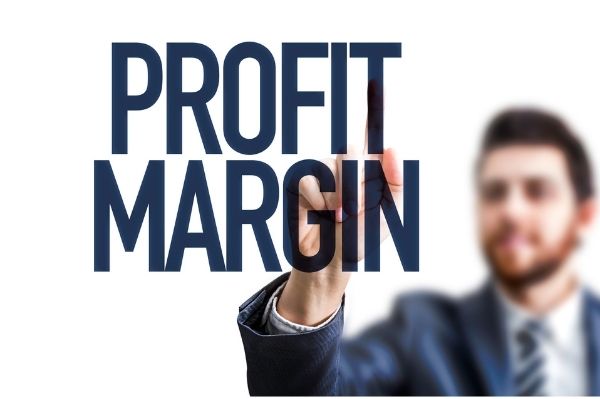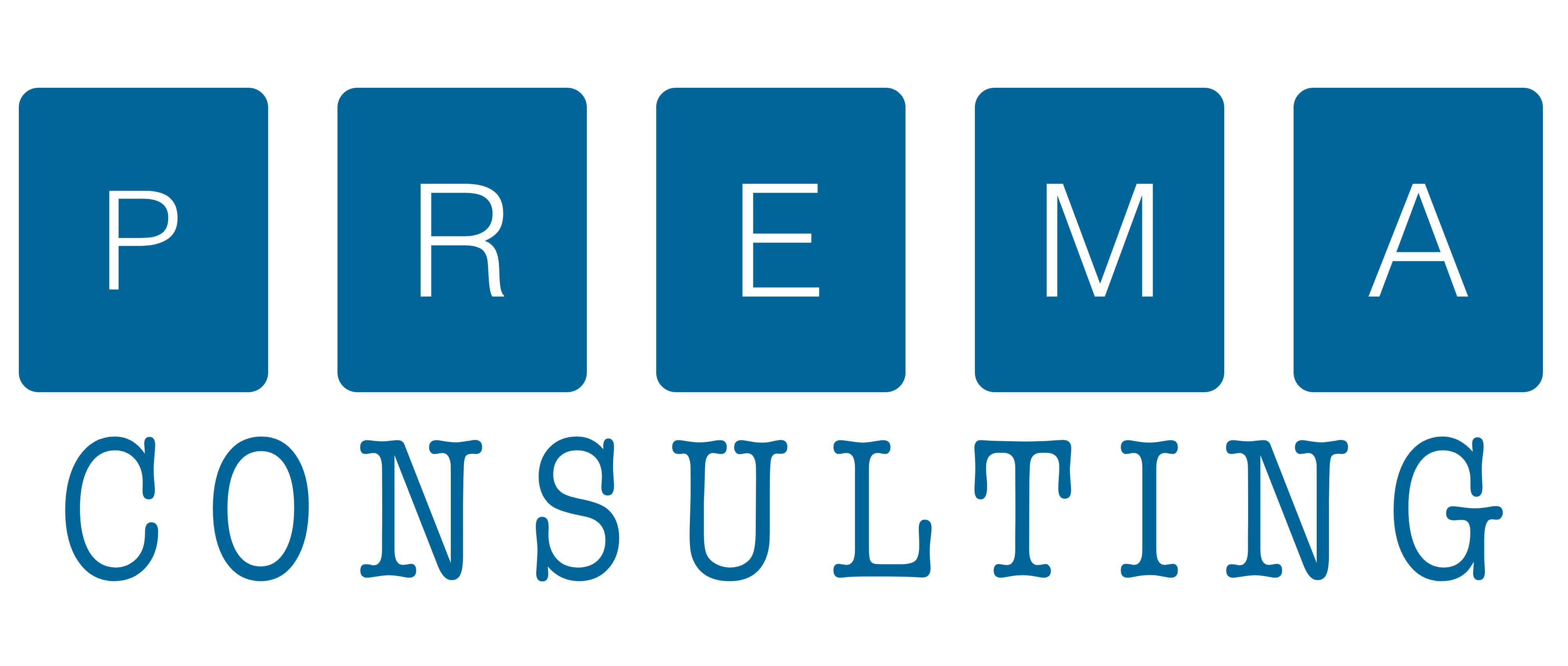
Profit Margin Schemes are optional tax calculation methods that have the taxable person calculating the VAT on the profit rather than the sales value.
The profit margin is determined by the difference between the purchase price and the selling price of the product.
When all conditions are met, a taxpayer may choose this method at any time.
- Second-hand goods are tangible, movable, and can be used further.
- Antiques – goods which are more than 50 years old
- Collector’s items: such as stamps, coins, currency, or other pieces of scientific, historical, or archaeological interest.
A business shall ensure that a supplier of purchased goods meets the following criteria:
- Non-Taxable Person (e.g. individual)
- Taxable Person who has already applied the profit margin scheme on the same purchased goods;
- Taxable Person who has not recovered input tax in respect of the purchase of the same goods.
This stage is crucial to determining whether or not the purchased goods were subject to VAT before the current supply.
In the UAE, VAT implementation became effective on January 1st, 2018, which means that goods purchased prior to this date are not eligible for the profit margin scheme.
To determine if the goods can be subject to the profit margin scheme, it is recommended to obtain a copy of the tax invoice from the original purchase.
Steps:
- Calculation of Profit Margin
Profit margin should be calculated in accordance with the following formula based on the difference between the purchase price and the selling price:
The Profit Margin = The Selling price AED 10,000 –The purchase price AED 5,000 = AED 5,000.
Moreover, according to UAE VAT Law, the profit margin shall be inclusive of VAT.
Therefore, the Business shall perform the following calculation in order to identify VAT Amount:
VAT Amount = AED 5,000/21= AED 238
2. Invoicing
Businesses engaging in profit margin schemes must issue a Tax Invoice which includes VAT, stating that VAT was charged on their Tax Invoice.
VAT does not need to be identified separately as in the normal supply of goods.
3. Record keeping
Upon applying the profit margin scheme, companies should keep the following records for a minimum of 5 years after the end of the tax period to which they relate:
Additionally, the FTA suggests that a seller keep records of taxes paid in the past on goods purchased.
For this reason, it is advisable to obtain written confirmation of paid tax or a copy of the tax invoice relating to the purchase of the goods.
